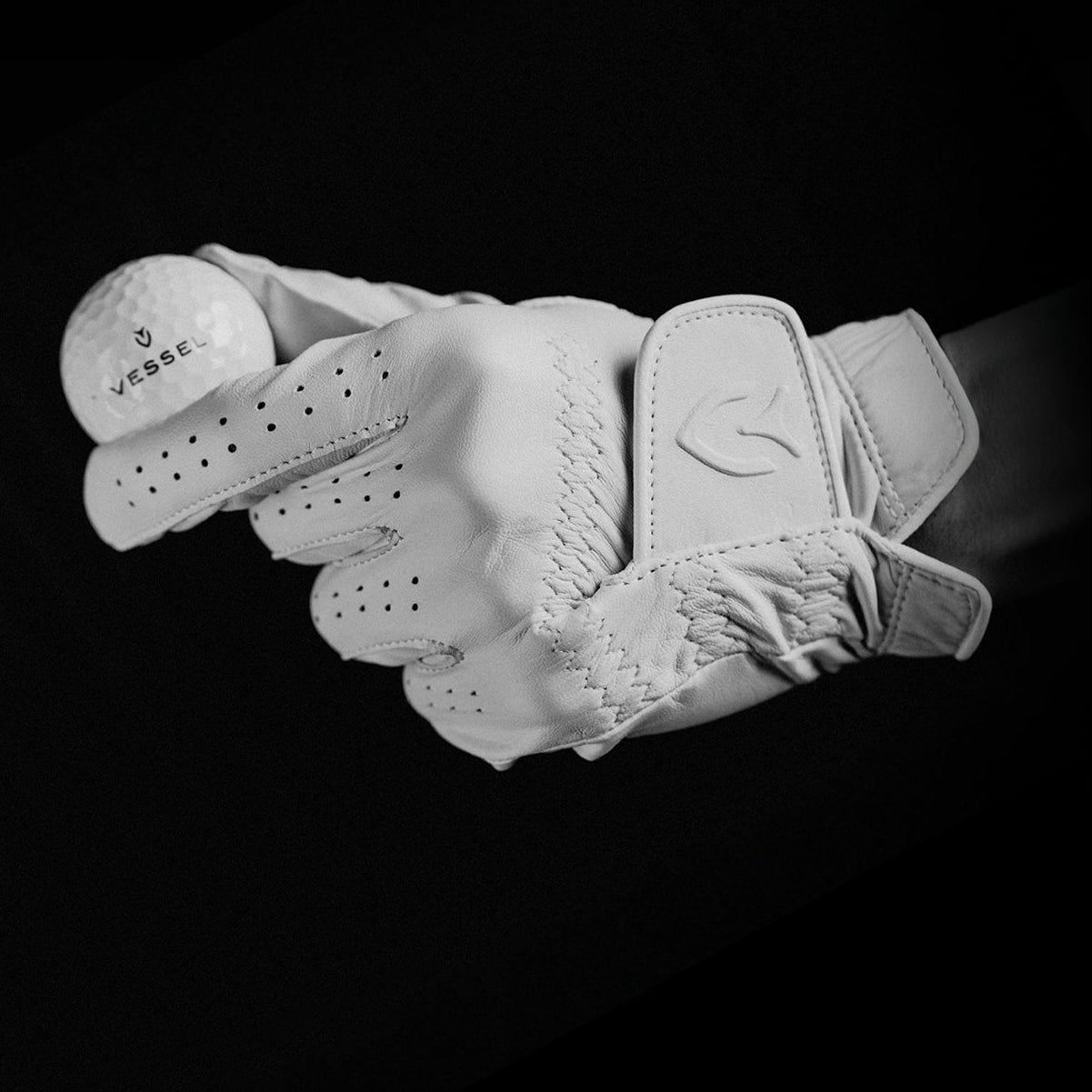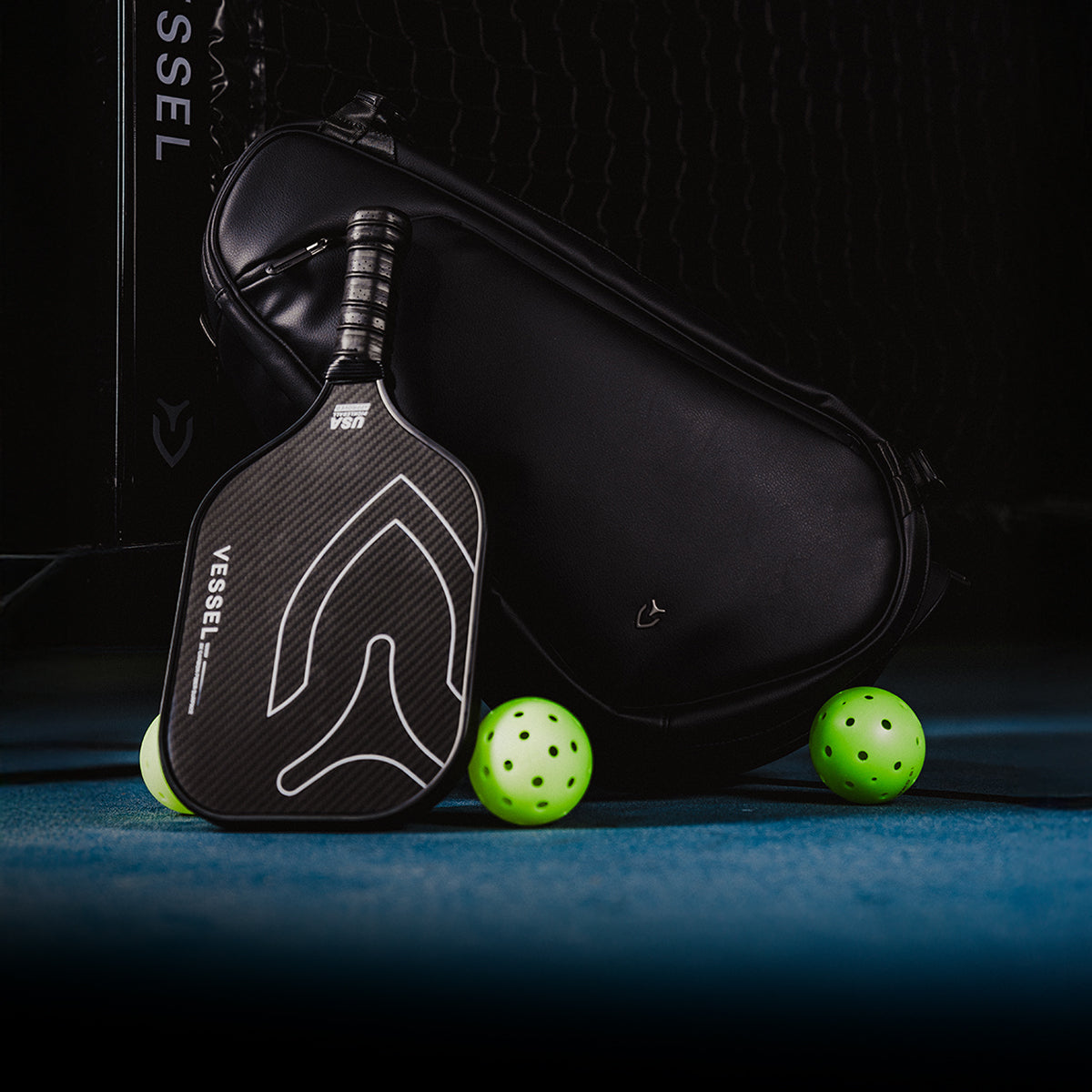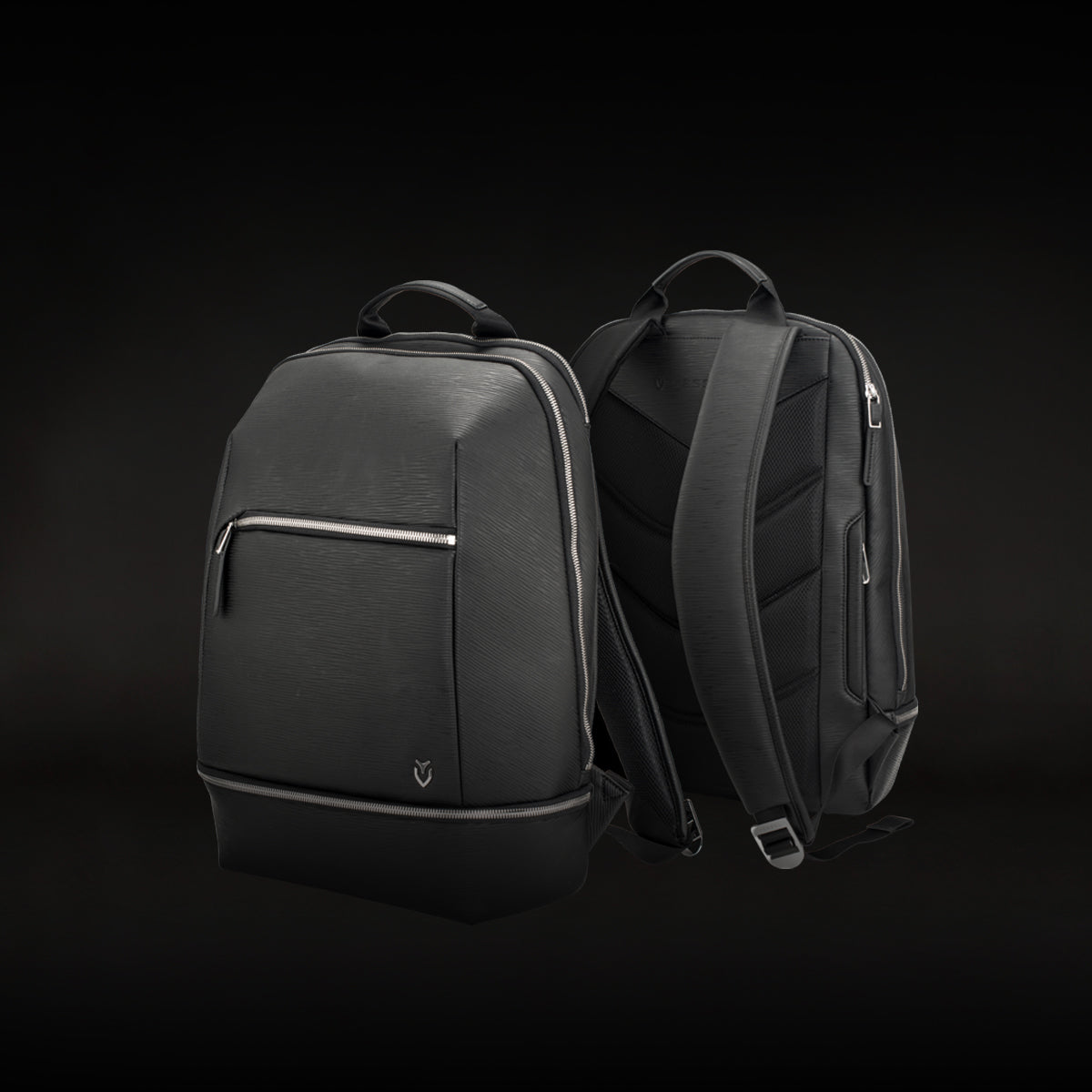

When you're shopping for golf clubs, you'll notice that women's clubs are typically 1 to 1.5 inches shorter than men's clubs, and there's a good reason for this difference. Men's clubs are designed for an average height of 5'9", while women's sets target 5'7" golfers. But the reality is it's not just about height!
Your wrist-to-ground measurement matters even more than your height. This measurement determines your natural posture at address, which affects everything from your swing consistency to the amount of strain you'll feel during a round. The shorter length in women's clubs is specifically engineered to provide enhanced control and consistency for players with different physical attributes. Additionally, the lie angle on women's clubs is flatter to accommodate the shorter club length and prevent slicing issues. If you're under 5'3", you might need clubs an inch shorter than standard women's length. Meanwhile, if you're 5'9" or taller, men's standard lengths could work perfectly for you.
Shaft Flexibility and Material Composition
Finding the right club length is just half the equation; the shaft inside that club plays a similarly significant role in your performance. Here's where things get interesting: women's clubs use softer, more flexible shafts that bend more during your swing, helping you generate extra clubhead speed. You'll find these marked as "L" flex, which stands for ladies. Men's shafts come in stiffer regular, stiff, or extra-stiff, and they're built from heavier materials.
Speaking of materials, women's clubs almost always feature lightweight graphite shafts that are approximately 40 grams. Men get both options: graphite for drivers and steel for irons, with weights ranging from 50 to 65 grams. This difference matters! Lighter, flexible shafts assist you in launching the ball higher and farther when you're swinging at moderate speeds. The heavier shafts in men's clubs help prevent bigger misses when swinging at high speeds. The correct shaft flex directly impacts your launch and shot feel, creating a more satisfying connection with each strike.
Clubhead Weight and Design Features
While shaft flexibility makes a huge difference in your swing, the clubhead itself tells another significant story about gender-specific design. You'll find women's clubheads are typically 10-50 grams lighter than men's – that's about the weight of a golf ball! This lighter design helps you generate more clubhead speed without wearing yourself out.
Men's heavier clubheads work great for faster swings, providing more mass behind the ball. But if you're swinging slower, that extra weight becomes a burden, not a benefit. Women's clubs compensate with strategic perimeter weighting, which means more forgiveness on those not-quite-perfect shots. Many women's clubs also feature larger sweet spots to provide enhanced forgiveness specifically engineered for slower swing speeds. Additionally, women's clubheads often incorporate higher lofts to help launch the ball more easily into the air. The materials stay the same – titanium, steel, composite alloys – but manufacturers distribute the weight differently to match your swing mechanics and enhance your distance potential.
Loft Angles and Ball Flight Characteristics

The clubhead design works hand-in-hand with another critical factor – loft angle – which determines how high and far your ball flies. Here's where things get interesting! Women's drivers typically have 12° to 14° of loft, while men's sit at 9° to 11°. That extra angle helps you launch the ball higher when you're swinging slower.
Your 7-iron shows an even bigger difference – women's clubs pack 33° to 34° of loft compared to men's 28° to 30°. Why does this matter? Higher loft creates more backspin, which keeps your ball airborne longer and gives you better carry distance. It's like throwing a frisbee with the right angle versus throwing it flat. The increased loft also makes your clubs more forgiving on those not-so-perfect hits. This forgiveness comes from the relationship between loft and spin rate, as higher lofted clubs naturally produce more spin to help stabilize your ball flight. Women's clubs often incorporate perimeter weighting in their clubheads to further enhance launch conditions and create larger sweet spots for improved accuracy.
Grip Size and Hand Fit Specifications
Your grip is where everything starts in golf, and here's something most beginners don't realize – women's grips measure about 0.850 inches in diameter, while men's grips sit around 0.900 inches. That tiny difference makes a huge impact on your control!
Think of it this way: if you're wearing gloves that don't fit, you'll struggle with everything you touch. The same goes for golf grips. When they're too thick, you can't wrap your fingers properly around the club, and your shots lose accuracy. Too thin? You'll squeeze too tight, creating tension that ruins your swing. Thinner grips actually promote increased hand action, which can lead to hooked shots if you're not careful.
Women's undersized grips drop down to 0.835 inches, perfect for smaller hands. These grips work best when your wrist-to-fingertip measurement falls between 5 to 6.5 inches. The right fit lets you maintain a relaxed, secure hold throughout your entire swing – that's when the magic happens!
Frequently Asked Questions
Can Men Use Women's Golf Clubs Without Affecting Their Game?
You can use women's golf clubs, but they'll definitely affect your game. The shorter shafts about 1-2 inches less will change your posture and swing plane. The lighter weight and flexible shafts might cause timing issues if you've got a faster swing speed. The point is: if you're shorter or have a slower swing, women's clubs might actually help! But for most men, you'll lose distance and accuracy with the mismatched specs.
How Much Do Women's Golf Clubs Typically Cost Compared to Men's?
You'll typically pay 10-15% more for women's golf clubs than men's. Women's starter sets run $300-$700, while men's cost slightly less. Here's why: women's clubs use pricier graphite shafts instead of steel, plus they're specially designed with softer flex and smaller grips. The good news? At the premium level, prices even out around $1,500-$2,000. Since fewer women's clubs are made, they don't get the same bulk discounts either!
Are There Unisex Golf Clubs Available for Beginners?
Yes, you'll find plenty of unisex golf clubs designed specifically for beginners! These sets include everything you need driver, irons, wedges, and putter with adjustable features like loft and shaft flexibility. Brands like Precise Top Line M5 offer complete packages that work for any gender. The key point is: unisex clubs focus on forgiveness and easy launch, making them perfect when you're just starting out. They're affordable too, so you can test your commitment to golf.
Do Professional Female Golfers Use Standard Women's Clubs?
No, professional female golfers don't use standard women's clubs you'd find at sporting goods stores. They need custom-fitted equipment that matches their faster swing speeds, typically over 95 mph! Most pros actually use clubs closer to men's specifications but adjusted for their height and strength. They'll choose stiffer shafts, lower loft angles, and tailored grips. Standard women's clubs are designed for recreational players with slower swings, not tour professionals crushing 250-yard drives.
Conclusion
The differences primarily stem from your physical build and swing speed, rather than your gender. The important point is get fitted by a professional who'll measure your height, swing speed, and hand size. They'll find what actually works for your game.







